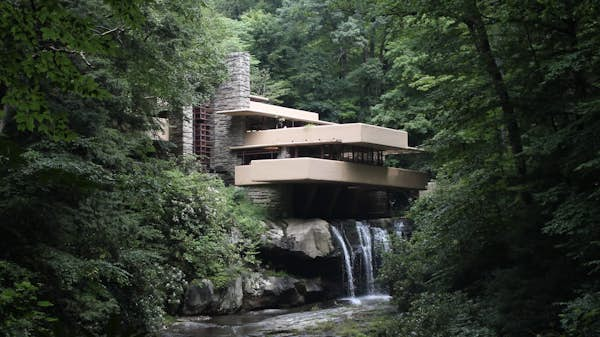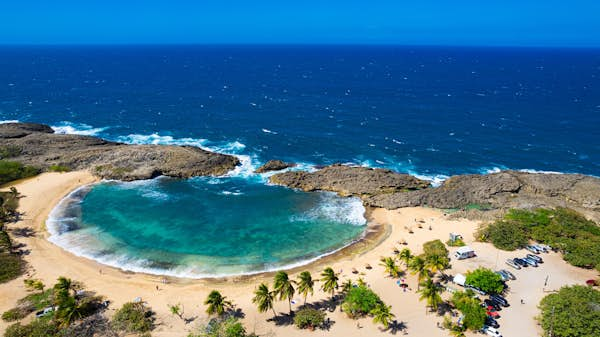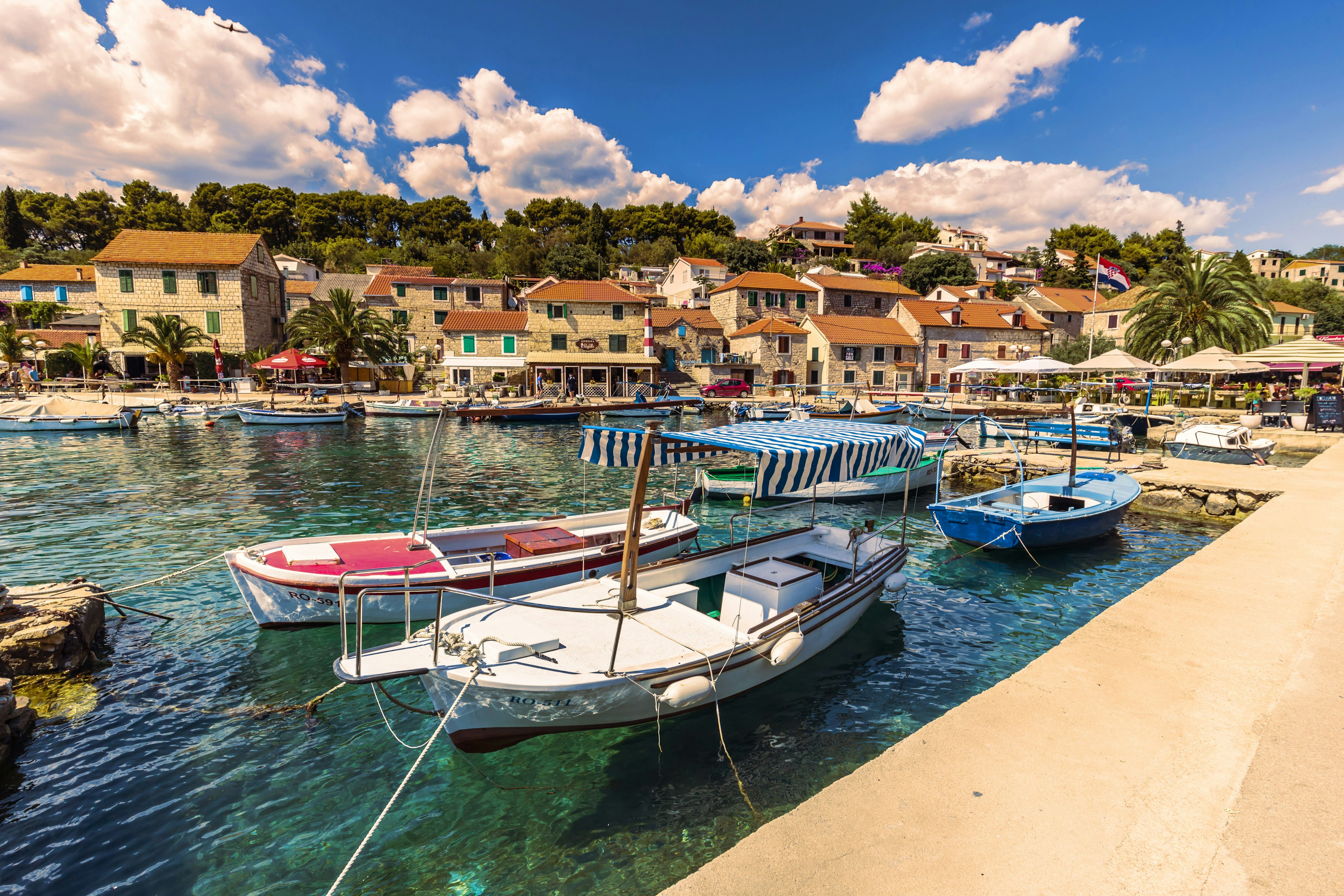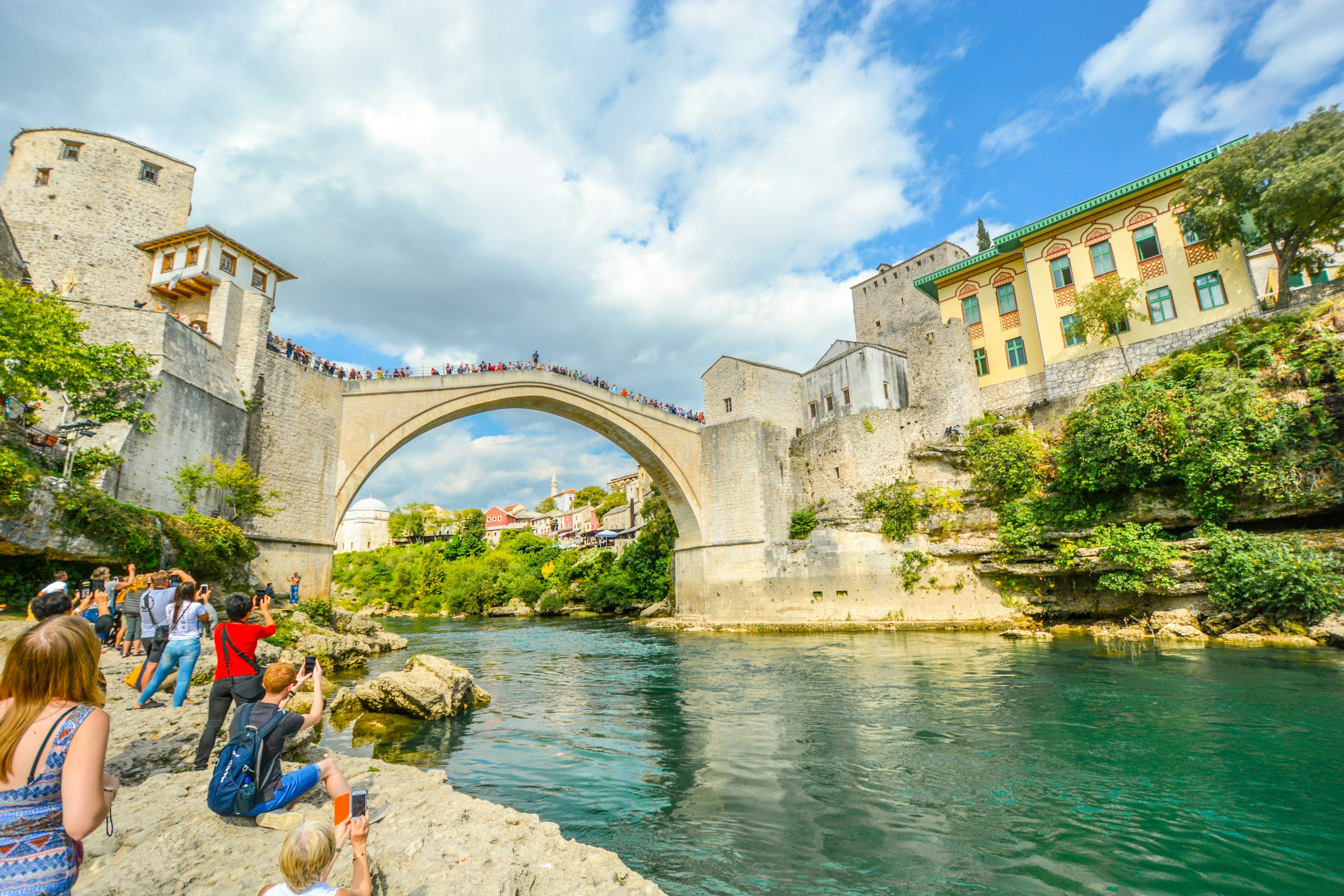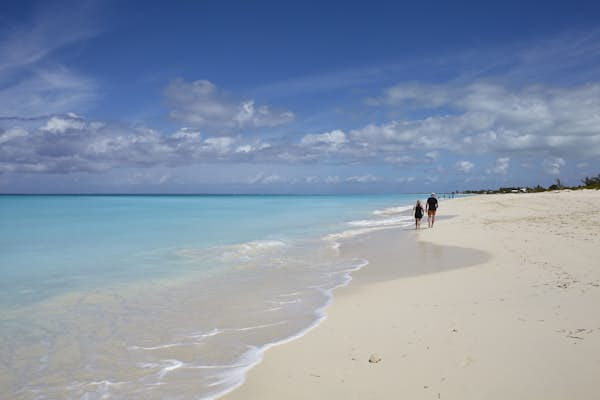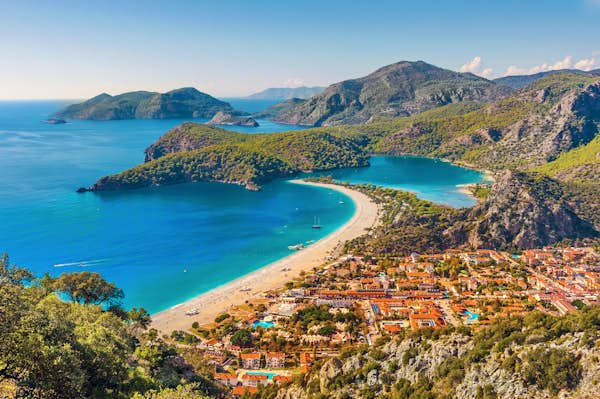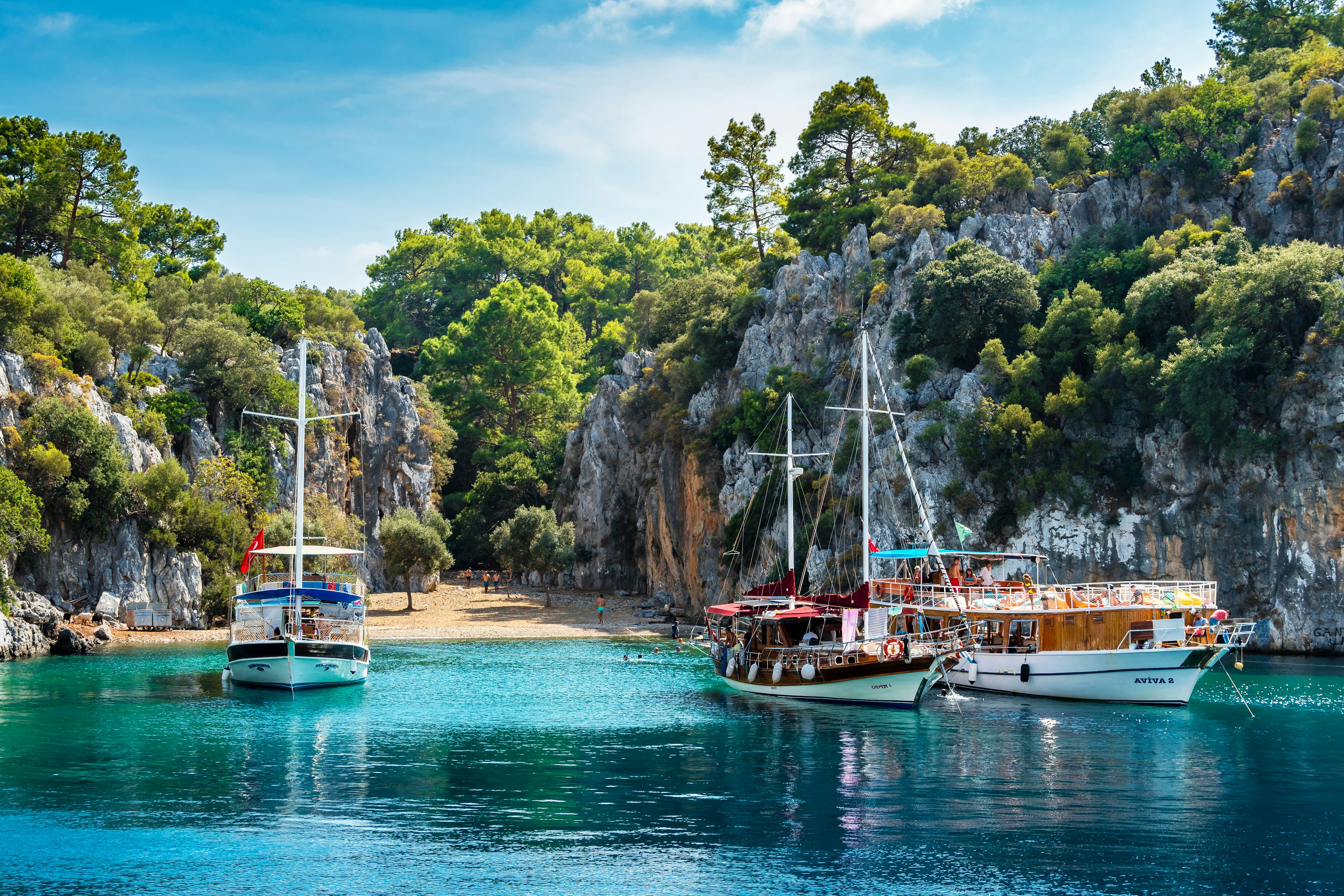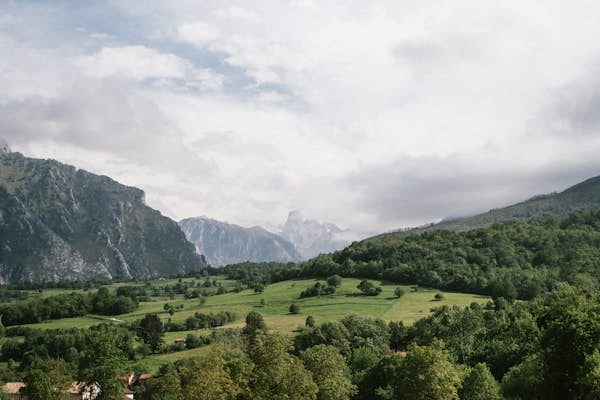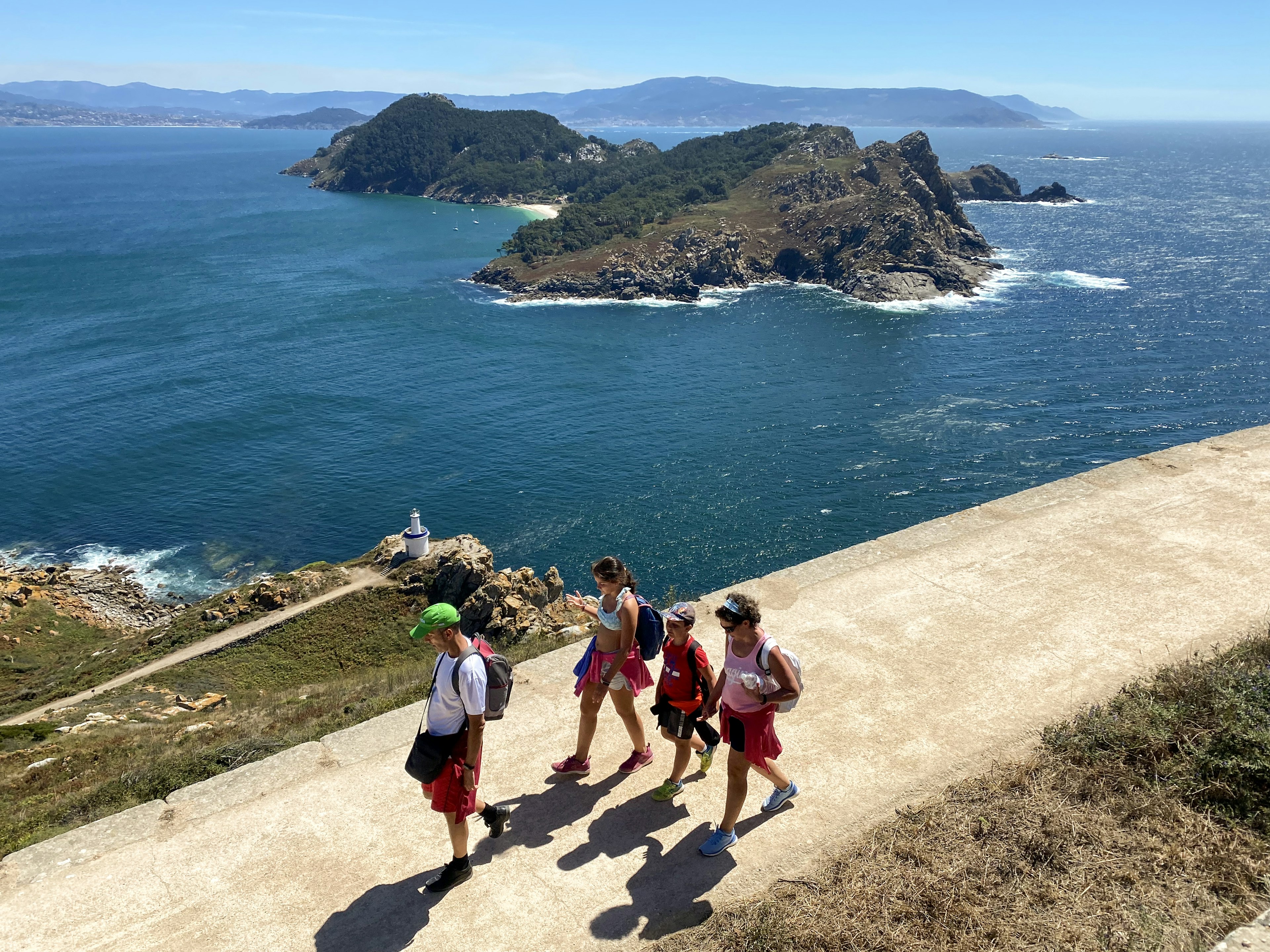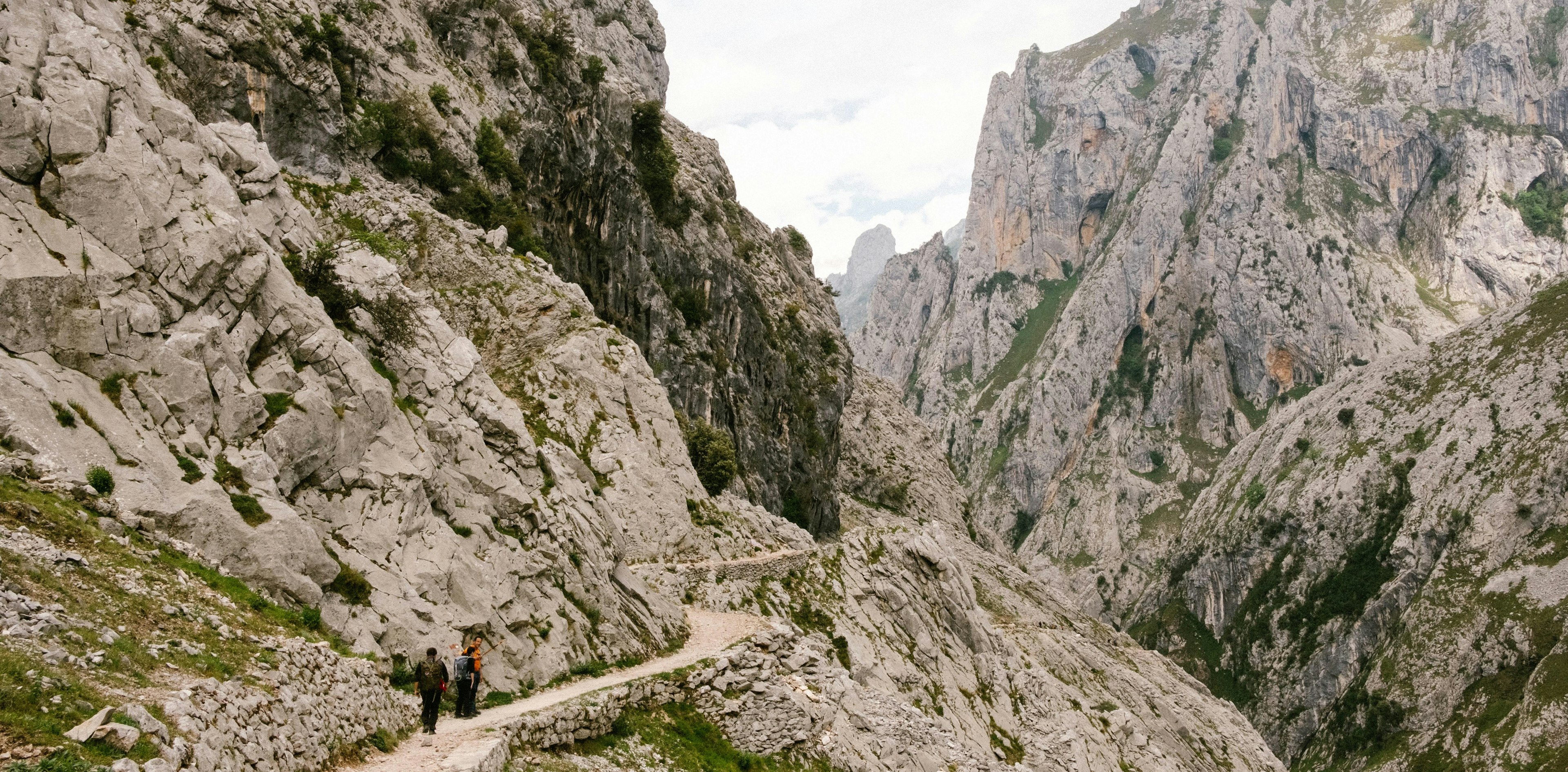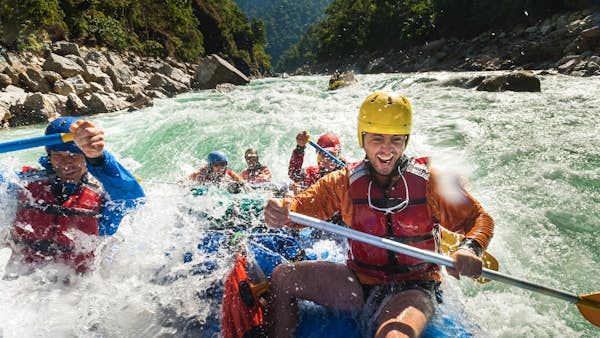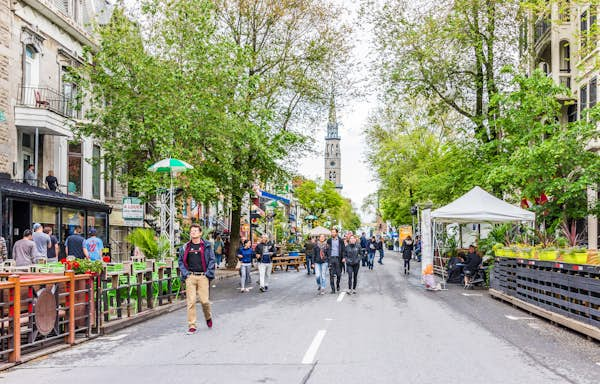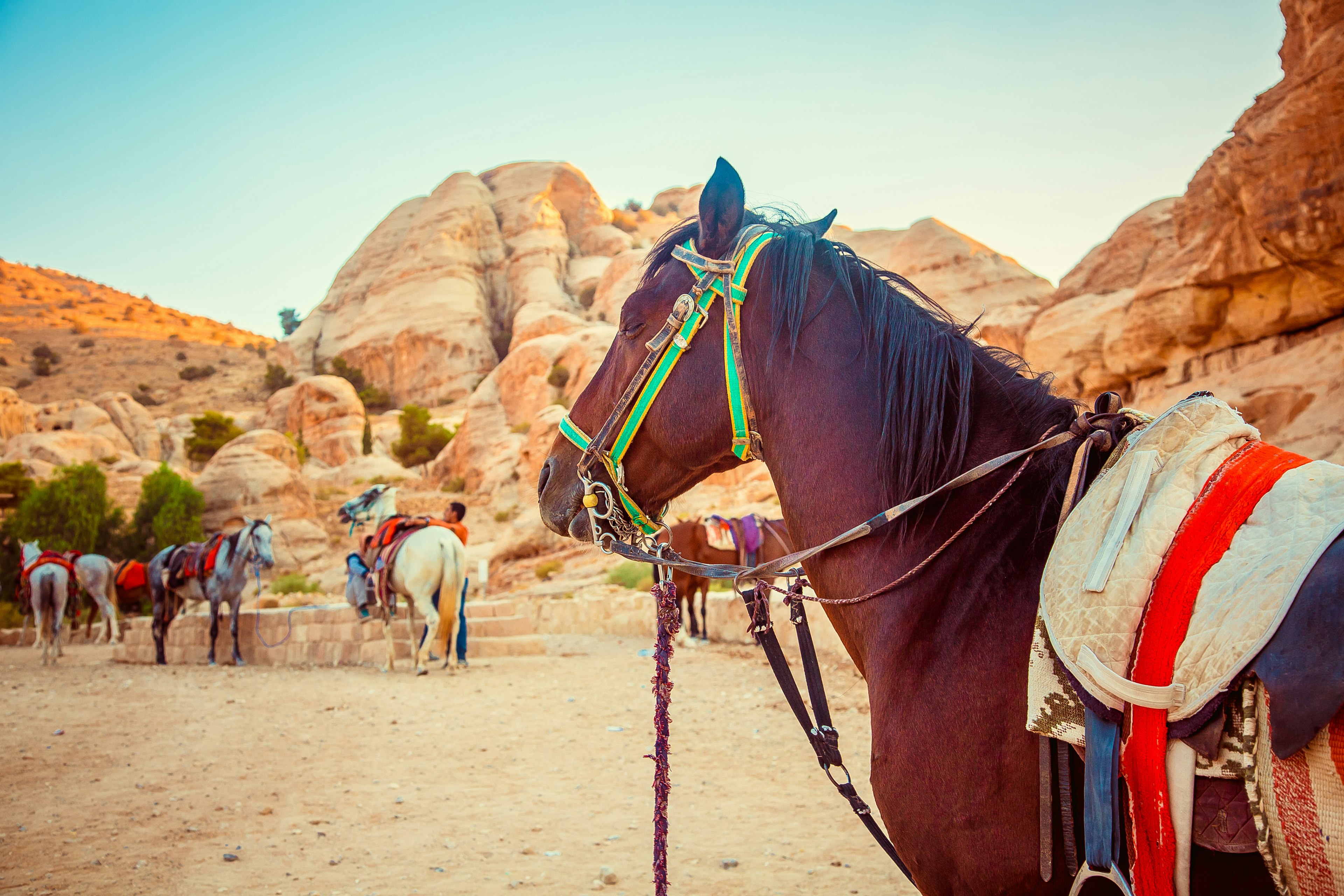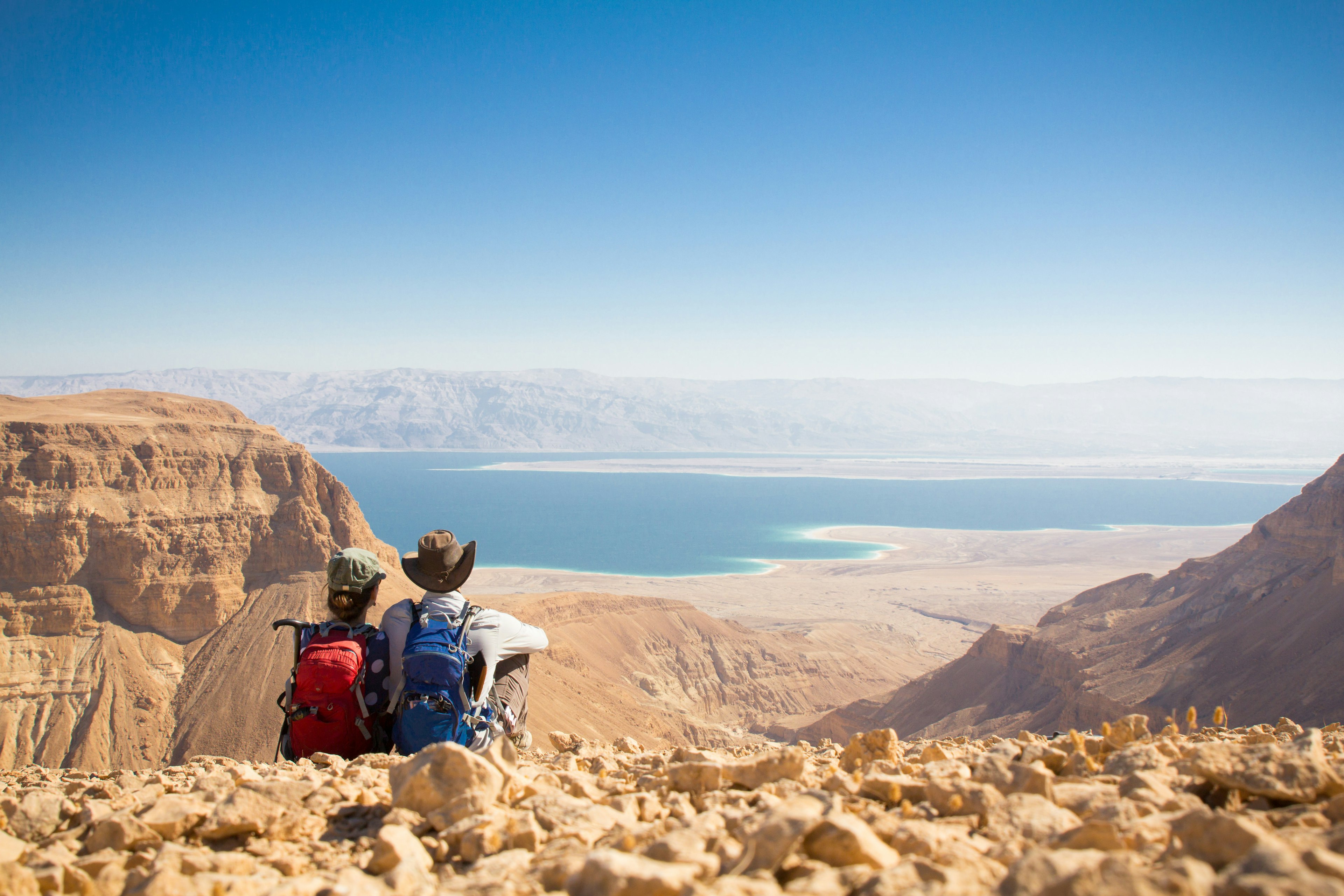Un chiste viejo dice que Pittsburgh es la “Galápagos de Pensilvania.” La ciudad no colinda con otras áreas metropolitanas. La mayoría de los viajeros llegan en avión o al final de un viaje muy prolongado en coche. Incluso el dialecto de Pittsburgh es como ningún otro idioma en el mundo. (“Yinz”, ¿alguien?)
Cuando se trata de un fin de semana largo en Pittsburgh, Pensilvania, hay realmente mucho por descubrir en el occidente de Pensilvania, desde encantadoras comunidades rurales hasta vastos espacios naturales. Los condados que rodean Pittsburgh están llenos de ríos, bosques y pequeños pueblos, que son fáciles de pasar por alto al desplazarse por la autopista de Pensilvania.
Los excursionistas y pescadores disfrutan perderse en estos valles, y los entusiastas de la historia encuentran mucho para apreciar en los museos locales. La mejor temporada para visitar Pittsburgh y sus comunidades vecinas es durante los meses cálidos del verano y la seca del otoño. Existen múltiples maneras de moverse por Pittsburgh, aunque a menudo necesitarás un coche. Estas atracciones están todas localizadas dentro de un viaje de dos horas desde el centro de Pittsburgh, y visitarlas puede ser tanto una decisión de último momento como planificada días antes.

1. Empápate en el Parque Estatal Ohiopyle
Tiempo de viaje: 75 minutos en cada sentido
Ubicado en torno al espumoso río Youghiogheny, Ohiopyle es el destino predilecto de verano en la región. Sería sencillo pasar una semana completa acampando, haciendo senderismo, y practicando rafting en este espacio de 20,500 acres. Si estás visitando solo por un día, numerosos senderos más cortos atravesan Ohiopyle; también encontrarás la cabecera del sendero Laurel Highlands Hiking Trail de 70 millas. El parque cuenta con múltiples campamentos con una variedad de alojamientos, desde sitios para tiendas de campaña y pabellones hasta cabañas y yurtas. Visita el sitio web de Parques Estatales de Pensilvania para reservar.
Para los que corren el río, “el Yough” tiene tres secciones: la Alta, Media y Baja, que varían en dificultad de rápidos desde Clase I hasta Clase V. Si eres principiante (o no llevaste el kayak), puedes reservar una excursión con alguno de los operadores con licencia, como Laurel Highlands River Tours y White Water Adventurers.
Cómo llegar desde Pittsburgh: El trayecto dura alrededor de 75 minutos desde Pittsburgh por la I-76 Este. Toma la salida 91 para PA-381 S.
2. Explora las profundidades de las Cavernas Laurel
Tiempo de viaje: 90 minutos en cada sentido
Los túneles que componen las Cavernas Laurel se adentran bajo tierra por cuatro millas, y estas cámaras interconectadas han fascinado al público desde el siglo XVIII a finales. A diferencia de muchos sitios subterráneos, este sistema de cuevas atraerá a diversos tipos de visitantes, y familias y geólogos aficionados disfrutarán de un tour guiado por pisos nivelados a través de pasajes bien iluminados. Si no estás de humor social – o tienes poco tiempo – realiza un recorrido auto-guiado por más de 100 escalones y 800 pies de túneles. ¿Te sientes intrépido? La opción de “Espeleología de Aventura” es una sesión completa de espeleología diseñada para todos los niveles de habilidad.
Cómo llegar desde Pittsburgh: El trayecto dura alrededor de 90 minutos. Toma 51S aproximadamente 53 millas hasta Uniontown, luego Skyline Dr los últimos 6 millas.

3. Pedalea por el Gran Paseo Allegheny
Tiempo de viaje: varía dependiendo del punto de partida
Para los ciclistas, el Gran Paseo Allegheny es la cima de las rutas ciclistas, extendiéndose 150 millas desde Pittsburgh hasta Cumberland, Maryland. La ruta libre de coches está compuesta mayormente de piedra caliza triturada y sigue derechos de vía de antiguos (¡y algunos actuales!) ferrocarriles a través de panorámicos valles de ríosy ½ hour each way
Venture into the snow-laden expanses of Seven Springs Resort, a go-to destination for those eager to tackle the slopes, just a short drive from Pittsburgh. The resort provides a plethora of skiing opportunities, from leisurely beginner trails to thrilling advanced runs, boasting 33 trails in total. Besides downhill adventures, guests can engage in other activities such as snow tubing, snowboarding, or simply enjoying the serene landscape with a cozy après-ski experience.
How to reach from Pittsburgh: Embark on a journey southeast on PA-76 E (Pennsylvania Turnpike). Take Exit 91 for PA-31 E towards Donegal; follow signs past winding roads that lead directly to Seven Springs Resort.

hour each way
Seven Springs possesses a peak elevation standing at merely 2994ft. Despite this, the most expansive ski location in Western Pennsylvania makes excellent use of these inclines, offering 33 trails for both skiers and snowboarders across 285 acres. No fewer than 10 lifts escort visitors to the heights, with a significant portion of the courses assigned as black diamond.
Since its inception in 1937, Seven Springs has captivated skiers to the Laurel Highlands. The resort’s golf course, alpine slides, and climbing walls also make it a four-season getaway. Satisfy hunger with options from one of the 14 eateries, notably the cherished Foggy Goggle pub.
For those seeking a more cozy experience, explore Hidden Valley, Seven Springs’ neighboring resort, at a mere 20-minute distance.
How to get there from Pittsburgh: The journey lasts approximately 1 hour. Travel 1-76E to Donegal Township and exit at point 9. Proceed on County Line Rd for the remaining 10 miles.
8. Explore Western Pennsylvania’s state parks
Travel time: 45 to 55 minutes each way, contingent upon the park
For enthusiasts of nature seeking a picturesque retreat, Racoon Creek State Park, Moraine State Park, and McConnells Mill State Park afford plentiful hiking and aquatic activities like kayaking, all within brief proximity from Pittsburgh.
Encompassing 7,500 acres, Racoon Creek State Park boasts 44 miles of pathways meandering over undulating hills, woodlands, and valleys. Its lake is perfect for those who enjoy kayaking, swimming, and fishing.
Heading slightly north, Moraine State Park presents another 42 miles of picturesque trails guiding guests through verdant terrains and along Lake Arthur’s perimeters. This 3225-acre lake is a focal point for water activities like sailing, paddleboarding, and angling.
For those craving a wilder pursuit, nearby McConnells Mill State Park showcases steep gorges, spectacular terrains, and the lovely Slippery Rock Creek, which once powered the McConnells grain mill. Currently, the mill provides demonstrations of grain milling using hydro-driven turbines.
Every park offers a blend of serenity and entertainment without straying too far from the metropolis.
How to get there from Pittsburgh: A drive to Racoon Creek State Park lasts 45 minutes west on US22 W, while Moraine State Park sits 45 minutes north on I79. Reaching McConnells Mill will need an additional 10 minutes via exit 99 for US422 W. Continue towards Butler/New Castle roughly 7 miles to the park exit.
9. Tackle the Kinzua Bridge Skywalk
Travel time: Two hours each way
For a remarkable journey towering above the treetops, albeit one of the lengthier day excursions, travel to the Kinzua Bridge Skywalk within the expansive Allegheny National Forest.
Formerly the globe’s lengthiest and loftiest railroad overpass, the Kinzua Bridge suffered partial destruction by a tornado in 2003. Presently, this remaining fragment has been revamped into the Kinzua Bridge Skywalk, permitting guests the opportunity to stroll 624 feet over the woodland. The skywalk incorporates a glass viewing deck at its furthest point, offering awe-inspiring vistas of the Kinzua Gorge.
Beyond the skywalk, Allegheny National Forest, stretching beyond half a million acres, presents in excess of 600 miles of hiking passages.
How to get there from Pittsburgh: The travel along I79 N to US6 W takes nearly 2 hours, yet guided bus tours provide roundtrip journeys from Pittsburgh to the vast Allegheny National Forest.
10. Wander through the riverside refuge of Wheeling
Travel time: One hour each way
Positioned an hour southwest of Pittsburgh, Wheeling, in West Virginia, is a picturesque town edging the Ohio River.
Historic downtown Wheeling boasts the Wheeling Suspension Bridge, acknowledged as a National Historic Landmark and once the globe’s lengthiest suspension bridge, built in 1849 and stretching 1010 feet. For sharers of history, the West Virginia Independence Hall unveils the story of the state’s formation during the Civil War era. Within the nearby expanse of the 1700-acre Oglebay Resort, visitors are invited to explore the grounds’ meticulously maintained gardens and hiking routes.
How to reach from Pittsburgh: Traveling I79 S to 170 W takes about sixty minutes.
11. Revel in the sands at Lake Erie’s shores
Travel time: Two hours each direction
A splendid family activity includes venturing to Lake Erie, known for its sandy coasts and quaint waterside towns. Although Presque Isle State Park in Pennsylvania is widely celebrated as a beach spot for Pittsburgh residents, various other destinations along Lake Erie merit exploration.
Cross into Ohio and explore Conneaut Township Park, famed for its serene beaches, scenic boardwalks, and dusky sunsets. Alternatively, journey to Geneva-on-the-Lake, a classic resort with an assortment of beach recreation, arcades, and wine-tasting venues. In Ashtabula, Walnut Beach Park serves as a delightful family venue with a generous beach, fun-filled playgrounds, and a fishing wharf. After cooling off in the waters, wander the historic Ashtabula Harbor, celebrated for its lighthouses and charming cafés.
How to arrive from Pittsburgh: Embarking on the route to Lake Erie’s coasts and its beaches requires an approximate 2-hour journey along I79 N. Rail travel is an option, albeit doubling the travel duration.
12. Score a visit to the Pro Football Hall of Fame
Travel time: 1 hour and 30 minutes per route
For sports devotees, countless enjoyments await in Pittsburgh, yet for an excursion, venture to Canton, Ohio, site of the Pro Football Hall of Fame. Situated just ninety minutes from Pittsburgh, this venue honors National Football League accomplishments and prompts reverence for the icons who defined the sport. The Hall of Fame hosts immersive displays, notably the Hall of Fame Gallery, showcasing busts of eminent players, coaches, and significant contributors. Guests can engage with interactive showcases, observe classic game records, and admire memorabilia such as prized Super Bowl rings and legendary jerseys.
How to commute from Pittsburgh: The 90-minute journey meanders I76 W into Ohio. Greyhound services, settled in downtown, can ferry you there in approximately 2 hours.
13. Uncover vestiges of American heritage at Fort McIntosh
Travel time: 40 minutes either direction
During the American Revolutionary War in 1778, the foundation of Fort McIntosh situated in Beaver County occurred, becoming the Continental Army’s premier stronghold in the northwest territory. Previously acting as the First American Regiment’s base—a predecessor of today’s US Army—the remnants are perched by the Ohio River offering informative plaques articulating the fort’s legacy. Though time has worn away much of the primary fort, this venue is a perfect short trip for enthusiasts of early American history.
Directions from Pittsburgh: Navigate 40 minutes via PA65 N to Beaver’s town housing the fort. Buses routing from Liberty Street extend the journey to 2 hours.
14. Appreciate the structure of Kentuck Knob
Travel time: 1 hour and 10 minutes each way
Encounter additional architectural wonders at Kentuck Knob, another exquisite dwelling designed by Frank Lloyd Wright. Hidden in the Laurel Highlands and epitomizing Wright’s organic architectural flair, Kentuck Knob harmonizes with the terrain, featuring sandstone walls, a copper roof, and a cantilevered design appearing aloft. Through guided home tours, established in 1956, visitors also experience the intricate sculpture garden.
Directions from Pittsburgh: Undertake a 70-minute drive on PA381 S.
15. Seek petroleum residue in Oil Creek State Park
Travel time: 1 hour and 45 minutes each direction
Embrace Oil Creek State Park, the birthplace of the first commercial oil well of the 19th century, for insights into Pennsylvania’s oil tradition via interpretative signage and exhibits. The park encompasses extensive hiking paths through forest terrains and bordering Oil Creek, interspersed with waterfalls, wildlife sightings, and a 36-mile biking trail.
Navigational Guide from Pittsburgh: Venture north via I79 for an 80-minute trek, transitioning onto US-322 W via exit 147B bound for Meadville. Continue along PA-27 E over 20 to 25 minutes to reach the park. Bus options are viable, resulting in a 3-hour trip.
